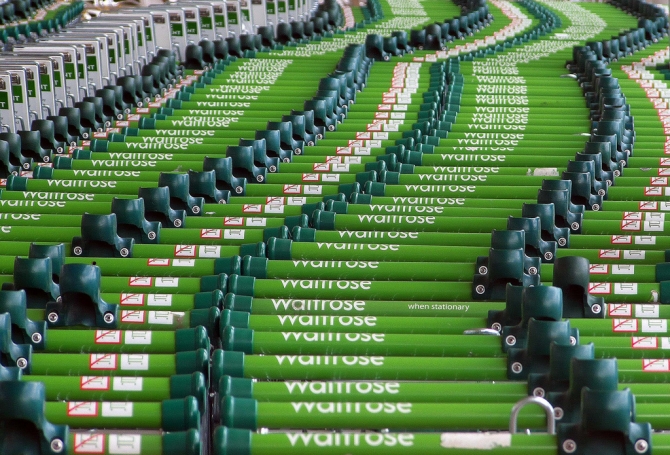With a spate of Bank Holidays in April and May bringing a somewhat unexpected spell of sunny weather with them, British consumers took advantage by stocking up on summer goodies in order to enjoy barbecues and beach trips with friends and family. This saw sales at upmarket grocery chain Waitrose soar between the 12th and the 18th of May, with sun care products, barbecue foods and fresh fruit all proving particularly popular with those keen to take advantage of the good weather.

During the period, like for like sales excluding petrol climbed by 7 per cent, up from the 6.5 per cent increase seen during the same week in 2013. In total, this amounted to a sales figure of £122.91 million across all of Waitrose’s nationwide stores, up from the £114.56 million in the comparable week last year and an indication of how much the economy has improved in only 12 months.
Sun care products proved to be the most successful items for the grocer, with sales rising year on year by a mammoth 216 per cent. Barbecue meats, meanwhile, saw a 107 per cent lift in sales, making this spring far more successful than the washout season experienced by the UK last year.
The vastly improved sales total for one of the sunniest weeks to date this year will have come as a welcome relief to the retailer, as food sales across the grocery sector have fallen somewhat flat so far in 2014. Although consumers have certainly upped their spending as a result of the more stable economic climate in the UK, this has mostly benefited firms within the home wares and DIY sectors, as non-food sales continue to outstrip food sales according to the British Retail Consortium.
Part of Waitrose’s success was due to the gradually increasing network of service station outlets the chain now controls, with sales in this area jumping 12 per cent over the week. Waitrose plans to capitalise on a growing demand for convenience stores by continuing to invest in its working relationship with operator Welcome Break, having opened its 29th service station concession during the period, located on the M1 in Leicester.
Yet it was not only Waitrose which benefited from the warm weather, as sister chain John Lewis also announced a strong surge in sales following its 150 year anniversary. The UK’s number one department store chain experienced a 14.5 per cent rise in sales during the week, with both women’s wear and sunglasses contributing to the strong sales growth.
John Lewis has certainly become one of the powerhouses of British retailing since the opening of its first department store on the 2nd of May 1864 on Oxford Street in London. Frequently voted number one for customer service and quality in consumer polls, the chain was one of the only high street staples to survive the recession unscathed and continues to grow in popularity now that the economic situation has improved.
Previous Post
Property Firms line up Against HS2